Jaipur Tourism: Discover the Top 10 Must-Visit Places in the Pink City
Jaipur, known as the Pink City, is one of India’s most fascinating destinations. On Friday, 30th August 2024, we explore the top 10 tourist places in Jaipur that are a must-visit for anyone looking to experience the vibrant culture, history, and architectural marvels of Rajasthan’s capital.
1. Amer Fort: A Majestic Journey Back in Time
Amer Fort is one of the most iconic landmarks in Jaipur. This grand fort, located on a hilltop, offers a stunning view of the city and is a blend of Hindu and Mughal architectural styles. Built in the 16th century, Amer Fort is known for its beautiful palaces, temples, and courtyards. The Sheesh Mahal, or the Palace of Mirrors, is a major highlight here, where the walls are adorned with intricate mirror work that sparkles under candlelight. Don’t miss the light and sound show in the evening, which narrates the fort’s rich history.
2. City Palace: A Royal Residence in the Heart of Jaipur
The City Palace is a magnificent blend of Rajasthani and Mughal architecture, located right in the heart of Jaipur. It has been the residence of Jaipur’s royal family since its construction. The palace complex includes several buildings, courtyards, and gardens. The Mubarak Mahal, which houses a museum displaying royal costumes and textiles, and the Chandra Mahal, where you can see beautifully decorated rooms with intricate artwork, are must-visits within the palace.
3. Hawa Mahal: The Iconic Palace of Winds
Hawa Mahal, also known as the Palace of Winds, is perhaps the most photographed monument in Jaipur. This five-story palace was built in 1799 by Maharaja Sawai Pratap Singh and features 953 small windows, known as jharokhas. These windows were designed to allow royal ladies to observe the street festivals without being seen by the public. The architecture is stunning, with its honeycomb design and red and pink sandstone facade that glows in the sunlight.
4. Jantar Mantar: An Astronomical Marvel
Jantar Mantar in Jaipur is an astronomical observatory built by Maharaja Sawai Jai Singh II in the 18th century. It is one of the largest and best-preserved observatories in India and is a UNESCO World Heritage site. The complex features 19 large instruments, including the world’s largest stone sundial. Jantar Mantar is not just a historical site but a testament to the scientific advancements of ancient India.
5. Nahargarh Fort: The Best View of Jaipur
Perched on the Aravalli hills, Nahargarh Fort offers the most breathtaking view of Jaipur. This fort was originally built as a retreat for the royal family, and it later played a role in defending the city. The fort’s architecture is a mix of Indian and European styles. Visiting Nahargarh Fort during sunset is a magical experience, as the city below is bathed in a golden hue. The fort also has a café where you can enjoy a meal while soaking in the views.
6. Jal Mahal: The Palace in the Middle of the Lake
Jal Mahal, or the Water Palace, is one of Jaipur’s most serene and picturesque landmarks. This beautiful palace appears to float in the middle of the Man Sagar Lake. Though the palace is not open to the public, you can admire its beauty from the lake’s shore. The Jal Mahal is particularly stunning at night when it is illuminated, reflecting on the calm waters of the lake.
7. Albert Hall Museum: A Glimpse into Jaipur’s History
The Albert Hall Museum is the oldest museum in Rajasthan and a must-visit for history enthusiasts. Located in Ram Niwas Garden, the museum was built in 1887 and features an Indo-Saracenic architectural style. The museum houses an extensive collection of artifacts, including paintings, sculptures, carpets, ivory, and stone works. The Egyptian mummy on display is a unique attraction that draws many visitors.
8. Birla Mandir: A Modern Temple with Ancient Roots
The Birla Mandir, also known as the Laxmi Narayan Temple, is a beautiful marble temple dedicated to Lord Vishnu and Goddess Laxmi. Built by the Birla family in 1988, this temple is a modern architectural marvel. The white marble structure looks stunning against the backdrop of Moti Dungari Hill. The temple’s interiors are adorned with delicate carvings and sculptures, making it a peaceful place for worship and reflection.
9. Jaigarh Fort: The Stronghold of the Aravallis
Jaigarh Fort, also known as the Victory Fort, is a rugged and imposing structure overlooking the Amer Fort. Built in the 18th century by Maharaja Jai Singh II, the fort was meant to protect Amer Fort and its palace complex. The fort is home to the world’s largest cannon on wheels, the Jaivana Cannon. The fort’s walls, stretching over 3 kilometers, offer stunning views of the surrounding landscape.
10. Galtaji Temple: The Ancient Pilgrimage Site
Galtaji Temple, often referred to as the Monkey Temple, is a historic Hindu pilgrimage site located on the outskirts of Jaipur. This temple complex is set in a narrow crevice in the Aravalli hills and features a series of holy water tanks where pilgrims bathe. The temple is dedicated to the Sun God and is surrounded by lush greenery, with a large number of monkeys making it their home. The temple’s natural setting and religious significance make it a unique destination.
Best time to visit Jaipur
The best time to visit Jaipur is during the winter months, from October to March. This period offers the most pleasant weather, with temperatures ranging between 8°C (46°F) and 26°C (79°F), making it ideal for sightseeing and exploring the city’s many attractions.
Here’s a breakdown of the seasons to help you plan your visit:
1. Winter (October to March)
- Ideal for Sightseeing: The weather is cool and comfortable, perfect for visiting forts, palaces, and other outdoor attractions.
- Festivals: You can experience Jaipur’s vibrant culture during festivals like Diwali (October/November), Makar Sankranti (January), and the Jaipur Literature Festival (January), one of the largest literary festivals in the world.
- Camel Festival: Held in January, the Camel Festival in nearby Bikaner is another fascinating event to witness if you extend your trip beyond Jaipur.
2. Summer (April to June)
- Hot and Dry: Summers in Jaipur are extremely hot, with temperatures soaring up to 45°C (113°F). The intense heat can make outdoor activities uncomfortable.
- Low Tourist Footfall: The upside is that there are fewer tourists, which means shorter lines and more personalized experiences at popular attractions.
3. Monsoon (July to September)
- Moderate Rainfall: The monsoon season brings relief from the heat, with moderate rainfall cooling the city. However, humidity levels rise, and some outdoor activities might be hindered by rain.
- Lush Greenery: The rain revitalizes the city’s landscape, making it lush and green, providing a different but beautiful perspective of Jaipur.
For a more enjoyable experience, visiting Jaipur between October and March is highly recommended.
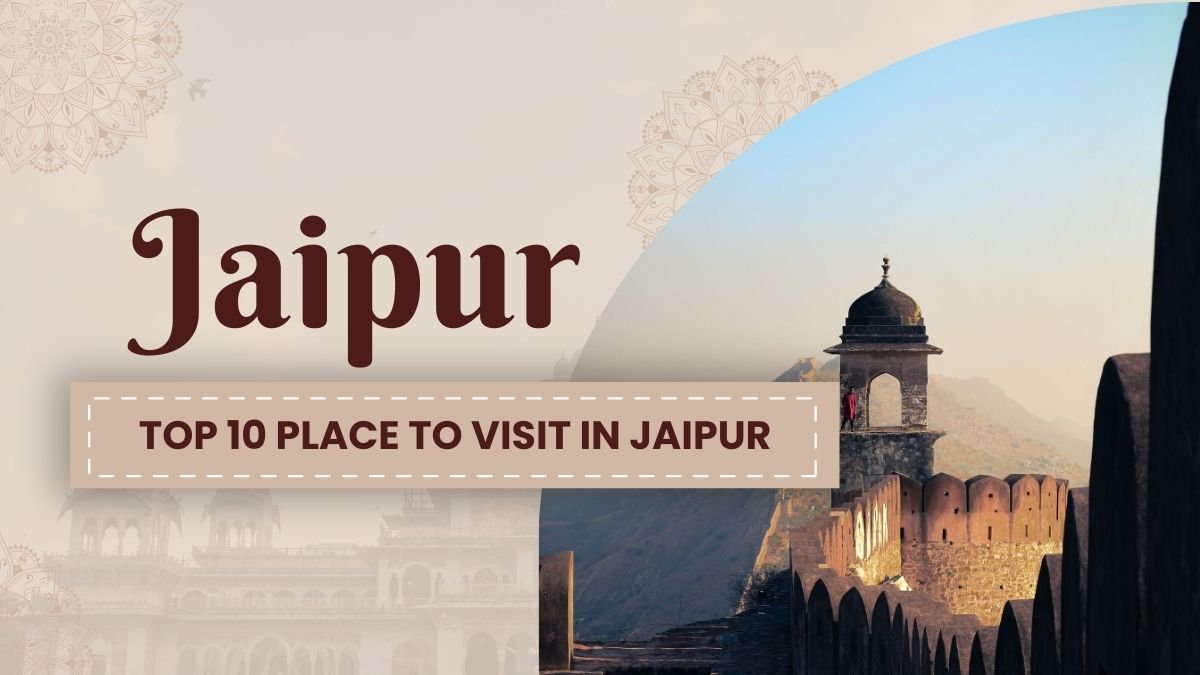


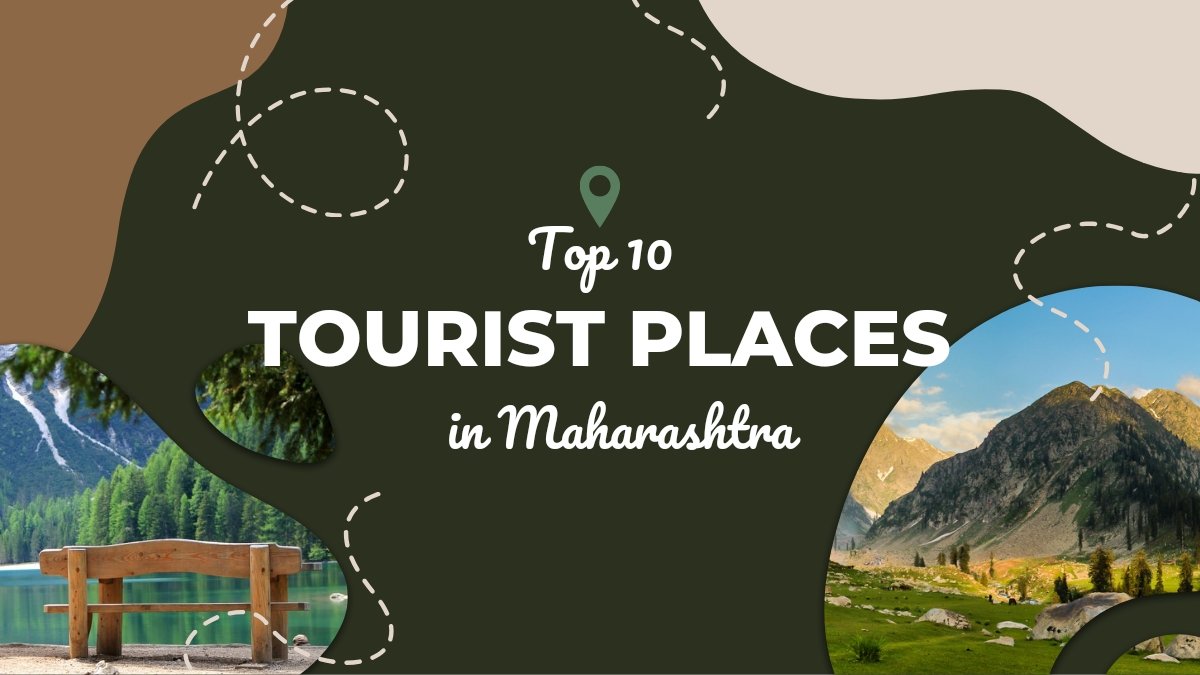

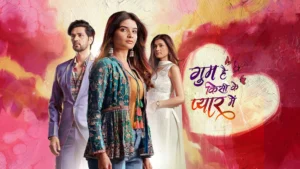


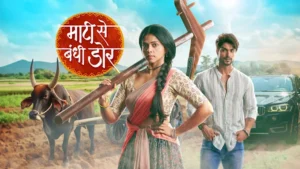

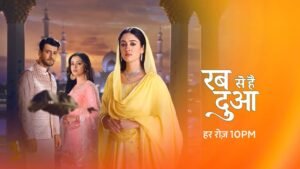



Post Comment